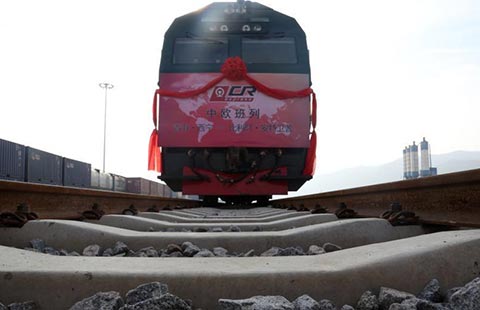Shadow banking beckons for some mid-sized lenders
(China Daily) Updated: 2016-09-12 07:33China's efforts to tame financial-sector risks have slowed the overall growth in banks' shadow loans, though some of the country's mid-sized lenders are still pushing rapidly into the sector, according to an analysis of their latest filings.
So-called investment receivables, or "debt securities classified as receivables", at 25 listed Chinese banks grew to 11 trillion yuan ($1.6 trillion) as of June 30, from 9.7 trillion yuan at the end of December, according to first-half earnings statements released so far. That category provides the best insight into their shadow-banking exposure.
The continued growth suggests a limited impact from regulations introduced in April by the China Banking Regulatory Commission to curb the shadow-lending industry.
Banks issued a record 26.3 trillion yuan of wealth-management products to individuals, companies and other lenders as of June 30, China Banking Wealth Management Registration System data showed on Aug 31, underscoring the urgency of the regulator's attempt to reduce risks in an increasingly leveraged financial system.
Other than wealth-management products, the investment-receivables category in banks' statements includes asset-management plans and trust-beneficiary rights, all of which can be used by lenders to disguise what are in effect loans. The intermediary structures offer a way to get around regulatory curbs on lending to riskier borrowers - such as industries with overcapacity - by keeping the loans off their books.
The quasi-loan nature of some products has the added advantage of reducing the banks' need to set aside capital and provisions for loan losses.
Five out of the eight publicly traded mid-sized lenders saw increases in their investment receivables during the second quarter of 2016, according to their filings. Mid-sized Chinese banks have been some of the most aggressive shadow-banking lenders.
Despite the gains in outstanding investment receivables, the overall rate of growth at the eight mid-sized banks has slowed. The receivables increased only 6 percent in the second quarter, well below the 26 percent rate in the same period a year earlier.
Among all listed banks that have reported first-half results, the fastest growth in investment receivables was seen at mid-sized lender Huaxia Bank Co, where the category grew 124 percent. Next was China Minsheng Banking Corp, where the receivables rose 77 percent, followed by Huishang Bank Corp, with a 56 percent increase.
Among the banks that disclose the breakdown of investment receivables, the one with the largest exposure - Shanghai Pudong Development Bank - said 88 percent of those assets were trusts and asset management plans, with WMPs the next-largest category.
Bloomberg
- Beautiful, smart robots shine at expo in Nanjing
- China, US still hopeful of wrapping up investment talks under Obama administration
- China-Thailand rail project likely to break ground this year: Thai deputy PM
- Alibaba to expand investment in ASEAN
- Steel companies swing back to profit
- A homebuyer's story: Long wait, then panic
- New railway marks 20,000-km record
- East-west link dramatically cuts travel time for commuters

















